This is a high-level introduction to Iran, including geography, current events and popular recipes to make.
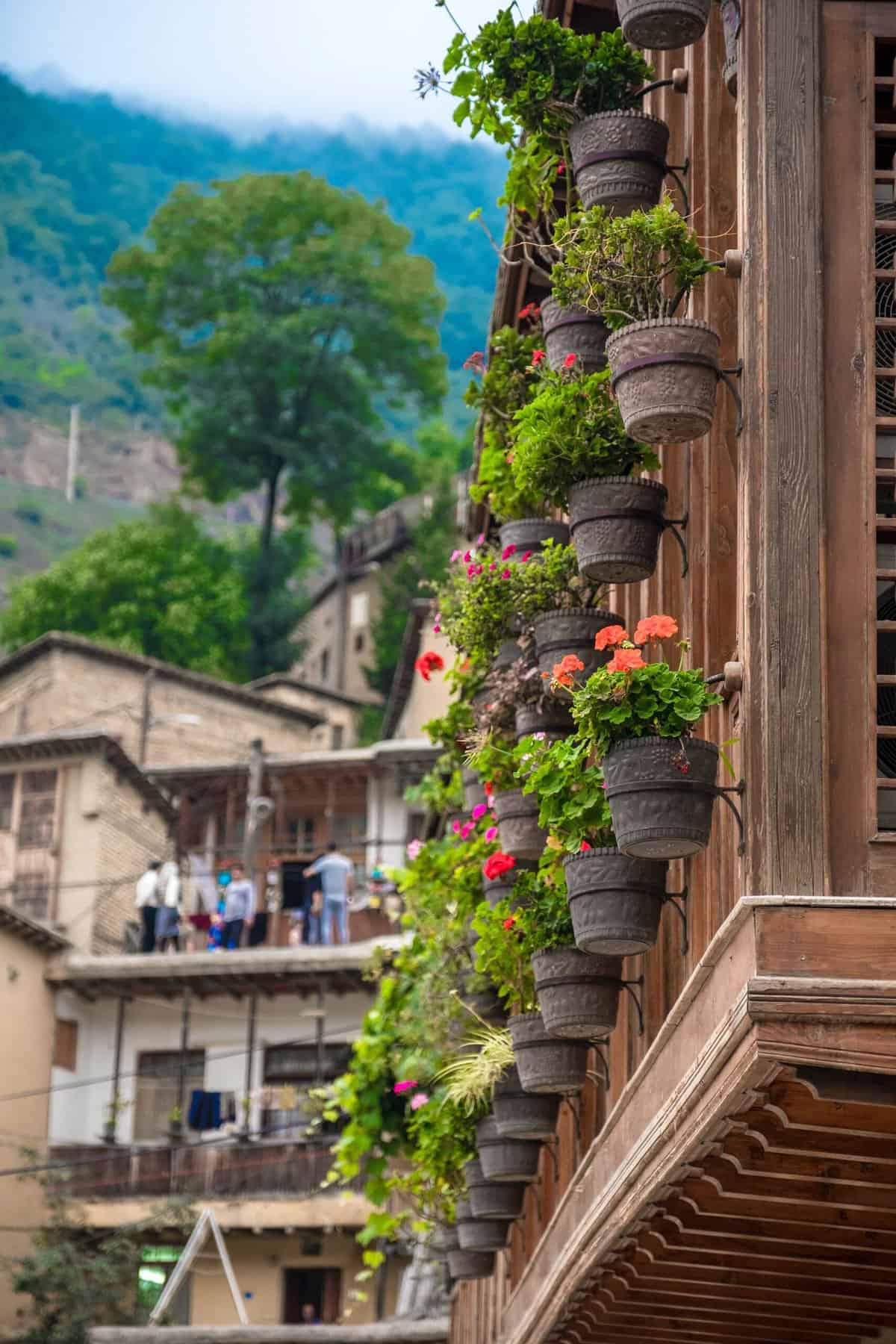
Please note, this article is written at a very high level. There are many nuances and details to Iran’s history and current situation that are not described in detail in this article.
Fun Facts
- Iran has had 30 different capital cities throughout its history, more than any other in the world.
- The world’s hottest temperature ever recorded was 159.26 degrees Fahrenheit and was in the Lut Desert in Iran.
- Iran is the #1 producer of caviar in the world.
- The country holds 10% of the world’s reserve of oil.
Geography
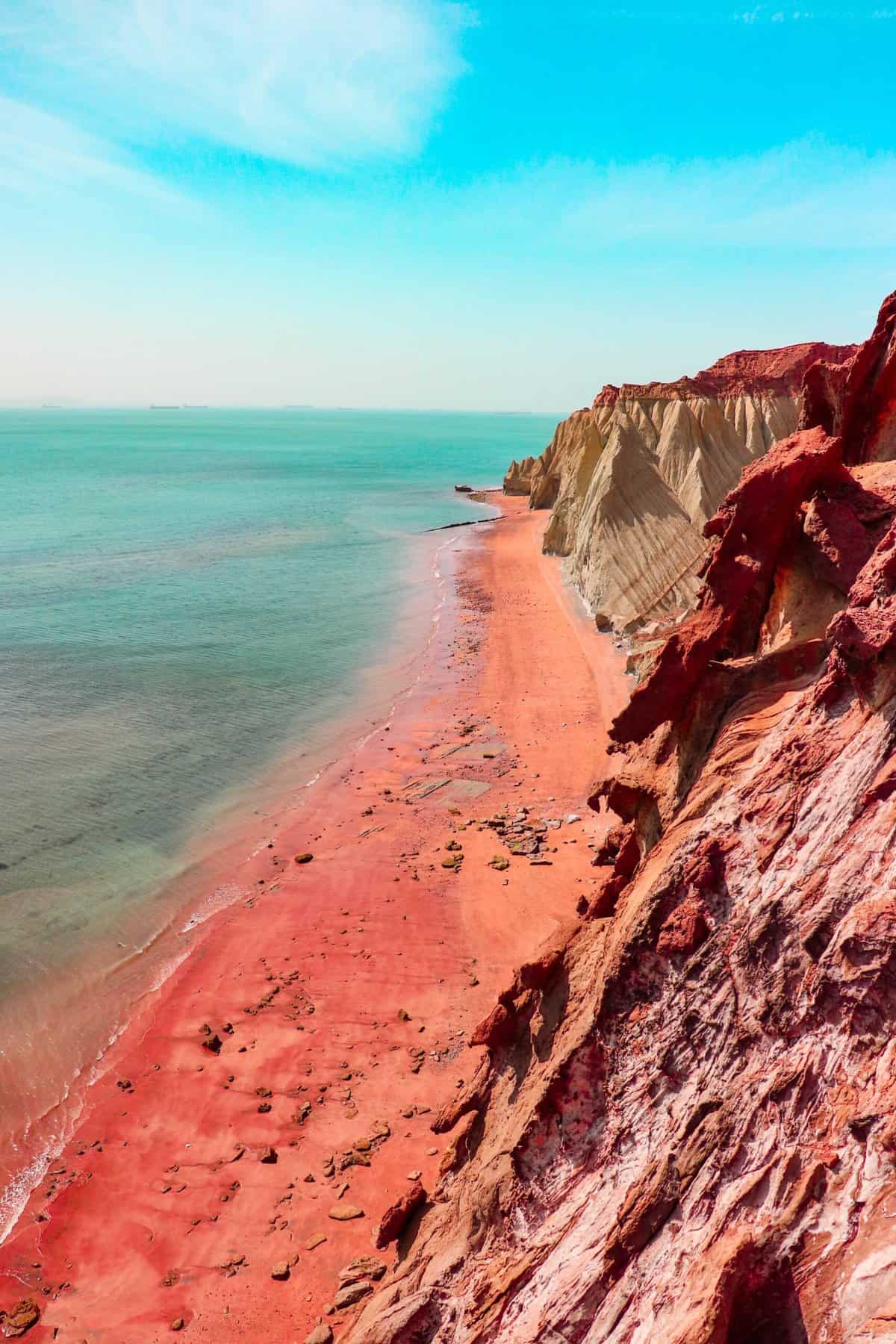
Iran is located in Western Asia and is bordered by 7 other countries, including Afghanistan, Armenia, Azerbaijan, Iraq, Pakistan, Turkey, and Turkmenistan. It also borders the Caspian Sea, the Persian Gulf, and the Gulf of Oman.
The country is divided into 31 provinces and the capital is Tehran.
Iran has some important topographical features, including the Zagros Mountains, Lake Urmia, Karun River, Alborz Mountains (with the tallest volcano in all of Asia), Kavir, and Lut. There are a lot of deserts in the country, but Iran also boasts plenty of beautiful green spaces, lakes, and snow. Its weather and landscapes are more varied than many other countries in the Middle East.
It sits on the intersection of the Arabian and Eurasian tectonic plates, which means that it experiences a large number of earthquakes.
Population
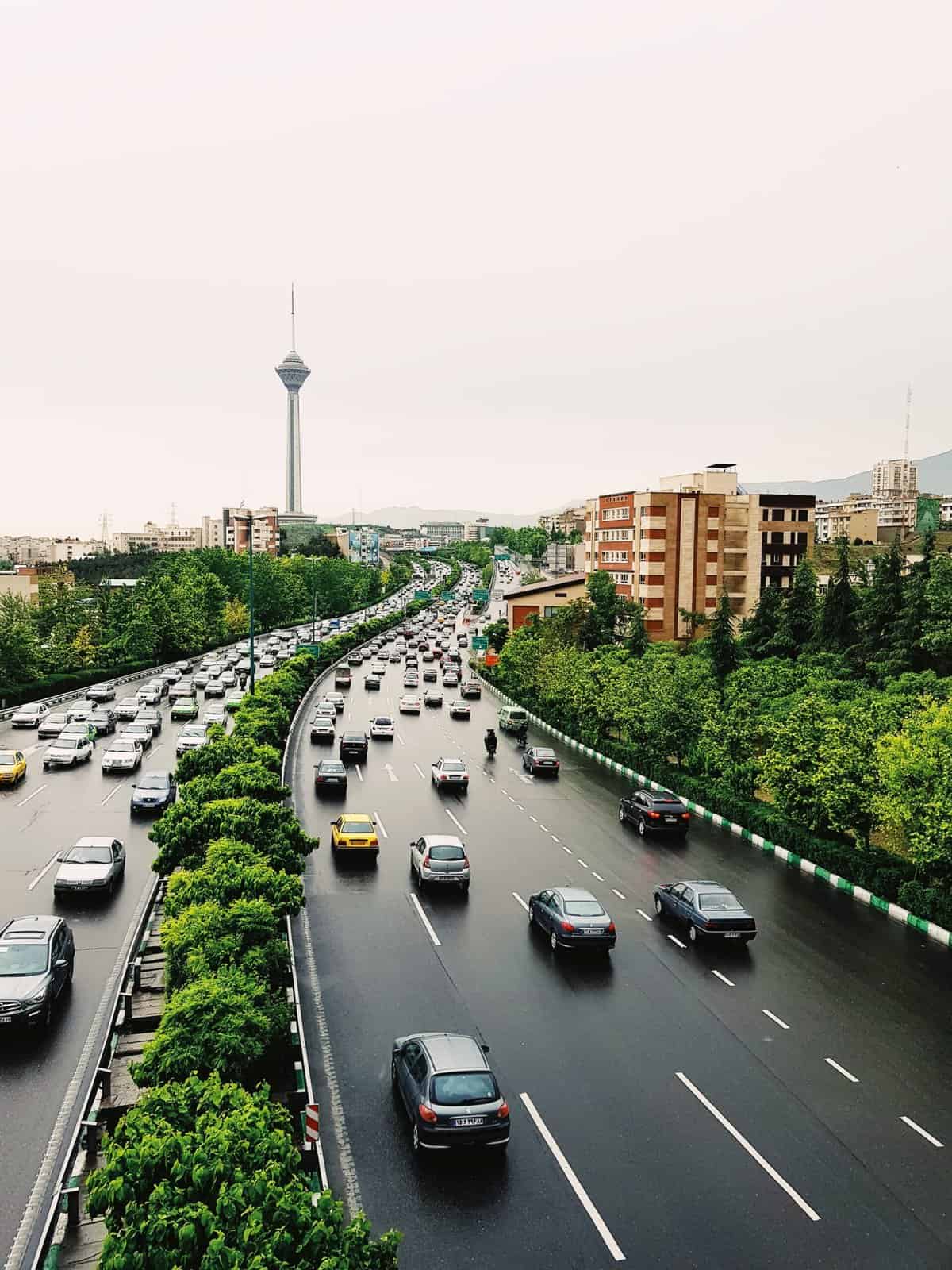
Iran is home to about 80 million people, making it the second most populated country in the Middle East (after Egypt). 62% of the population are Persians, 16% are Azeris (from Azerbaijan), and 10% are Kurds.
While people in many Middle Eastern countries can be called Arabs, those in Iran cannot. Iranians can be referred to as Iranians or Persians (not all Iranians are Persians!), but they are not Arab. For an in-depth explanation of the differences between the two groups, check out Persiansarenotarabs.com.
The official language of the country is Farsi, also known as Persian. This country is also the largest Shia-Muslim country in the world. There are many different sub-groups living in Iran, and they all have their own history, culture, etc.
Current Events
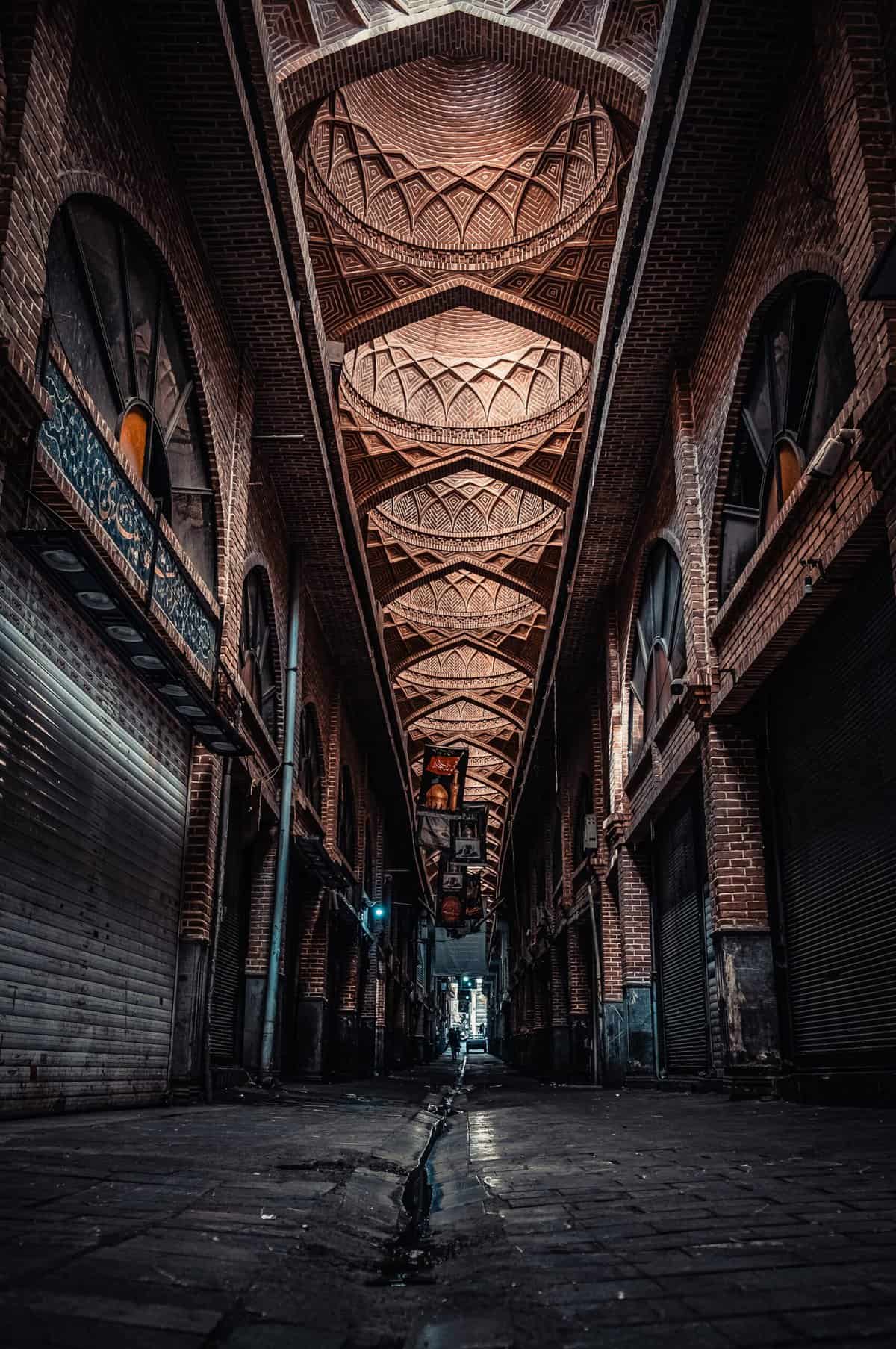
About 70% of the country is under 30 years old, which has led to many issues regarding the religious laws in the country. When it comes to things like drinking, music, hijabs, etc, the younger generation is pushing back hard.
This, of course, has led to the protests/riots of 2022, in which people across the country are fighting back after a 22 year old woman was detained and killed for not wearing a hijab. This has led to a devastating and ever-growing death toll as women and men protest for women’s rights in Iran.
Food
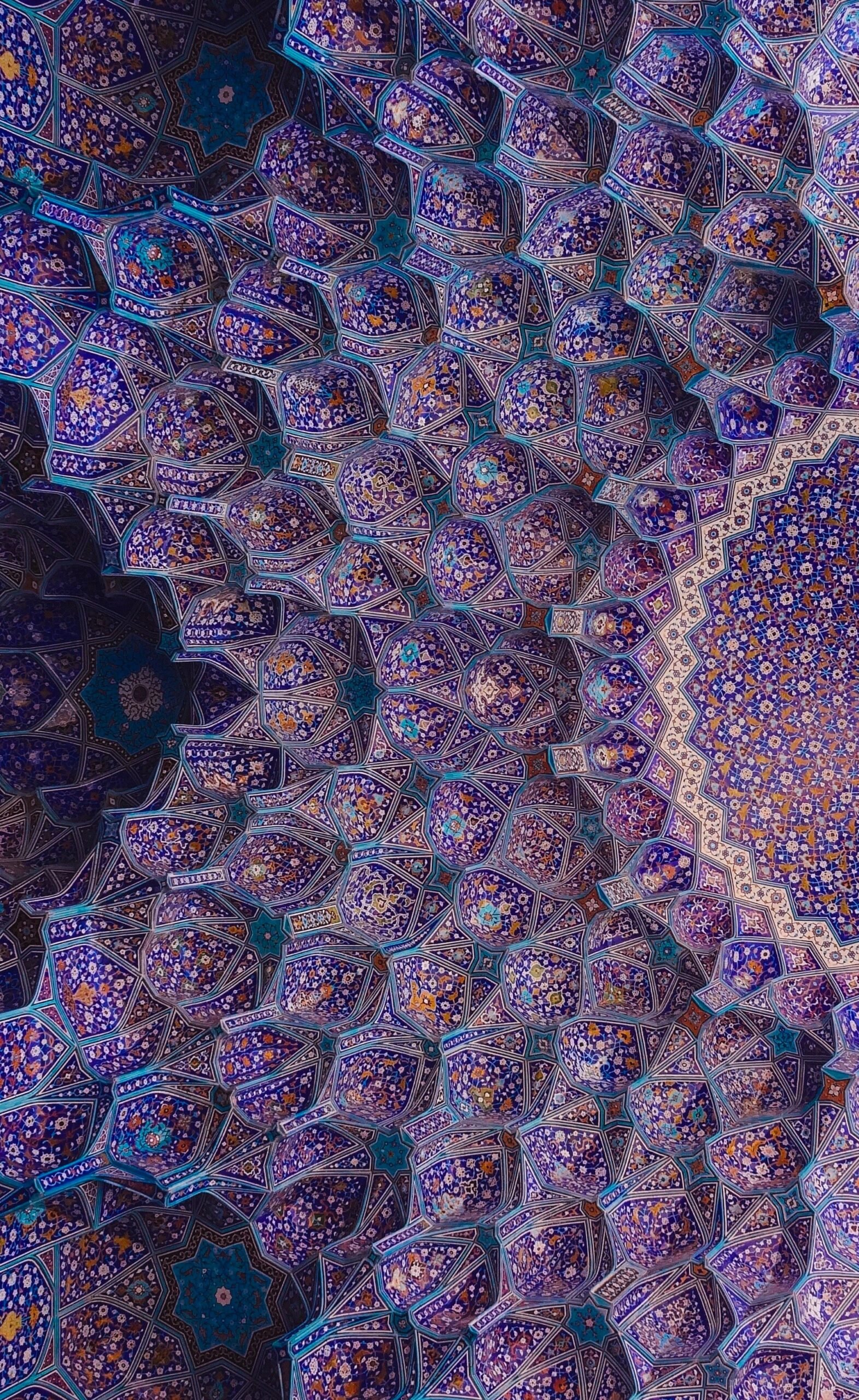
The food of Iran has been highly influenced by the country’s history. It has elements of Greece, Mesopotamia, Russian, and Turkish cuisine as well as Central Asian, Caucasian, and Levantine influences.
Iran is the number one producer of pistachios, saffron, and stone fruits (plums, prunes, apricots, etc) in the world.
Many meals include rice, herbs, saffron, flat bread, and meat. The typical meat choices are lamb, beef, poultry and fish. The country has technically banned alcohol, but many in the country still drink it.
When it is time to eat, a tablecloth called a sofre is spread out on a table or a rug and the feast is displayed on this table. Main dishes typically sit in the middle of the table with side dishes, condiments, etc nearing the edge.


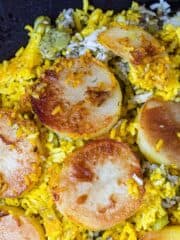
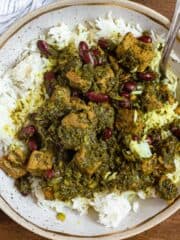
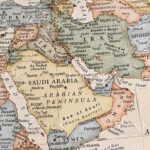

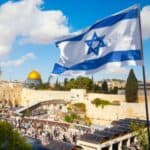

Leave a Reply